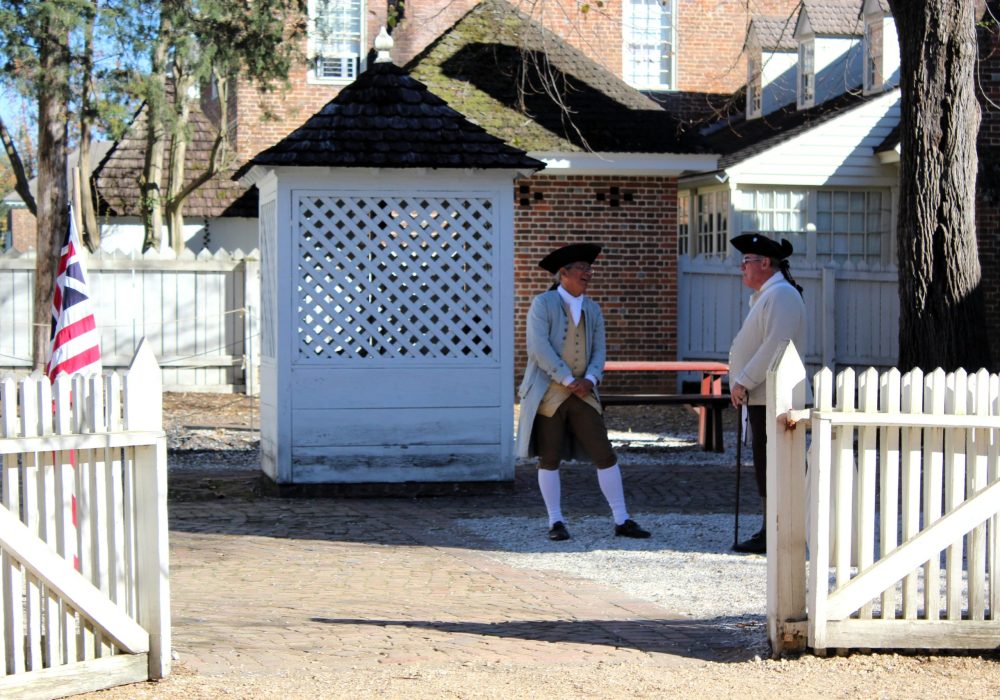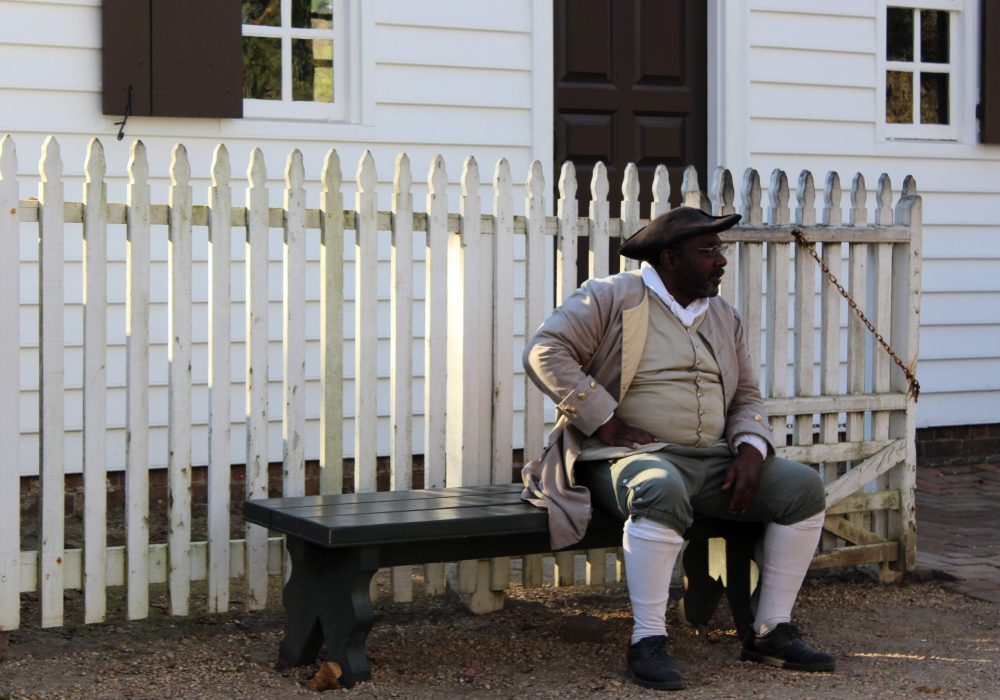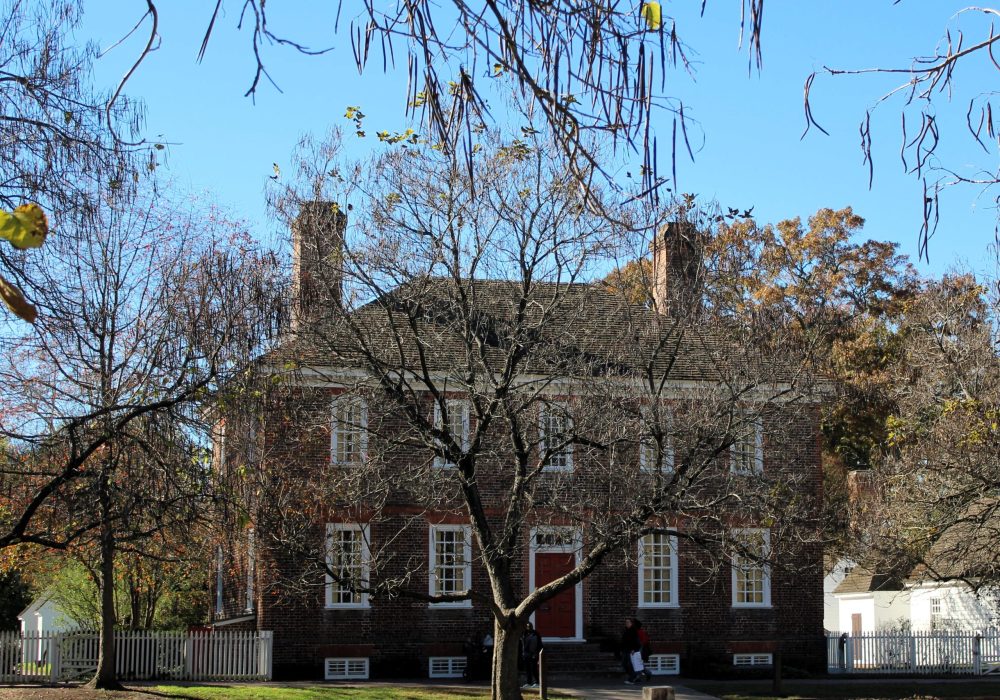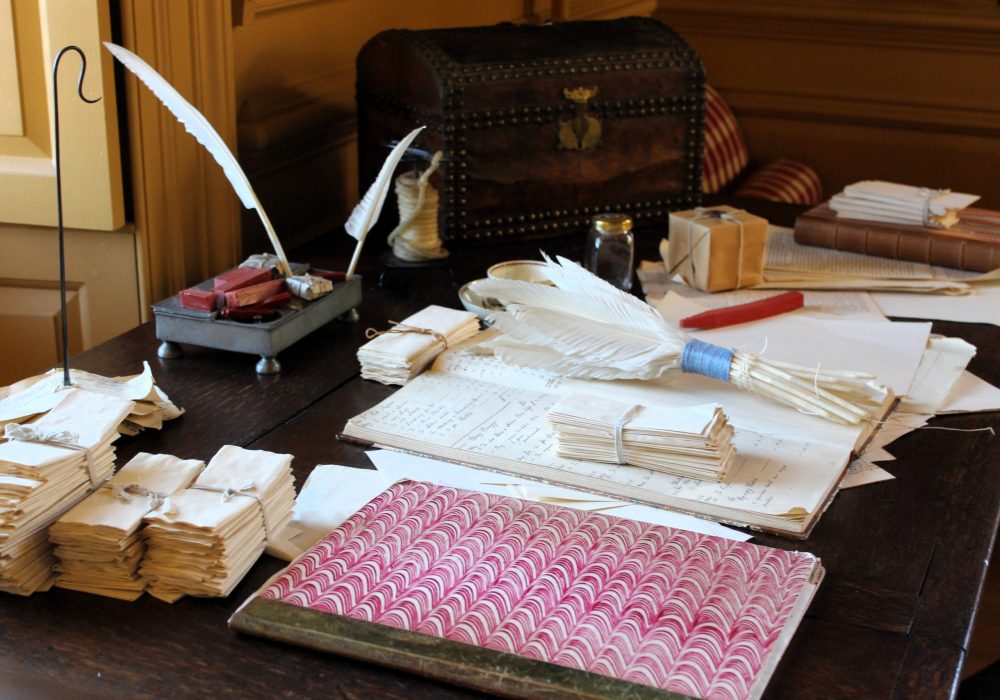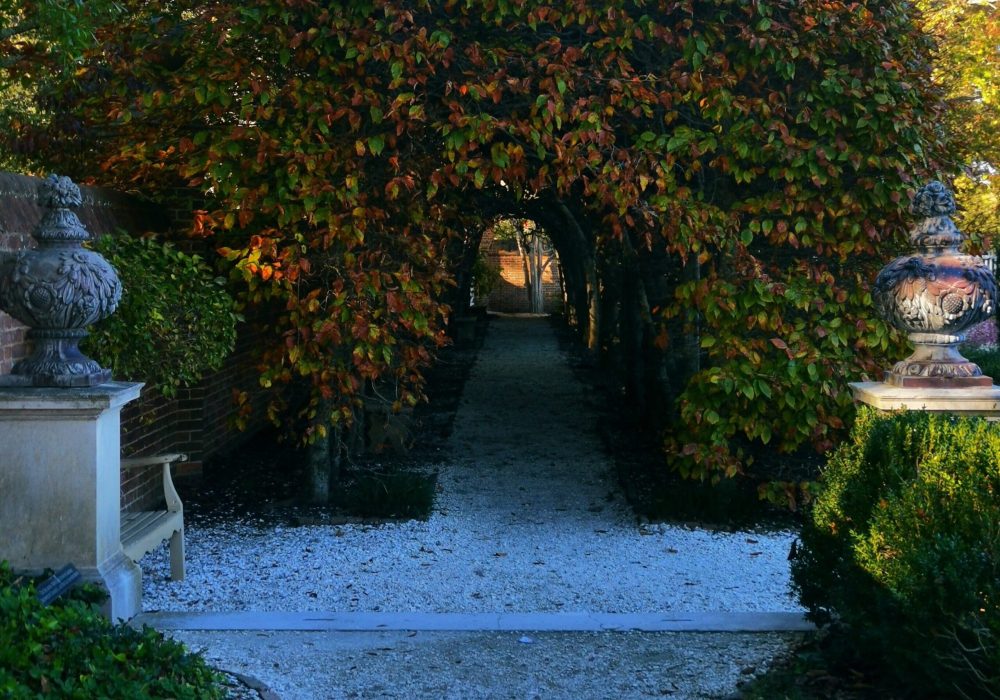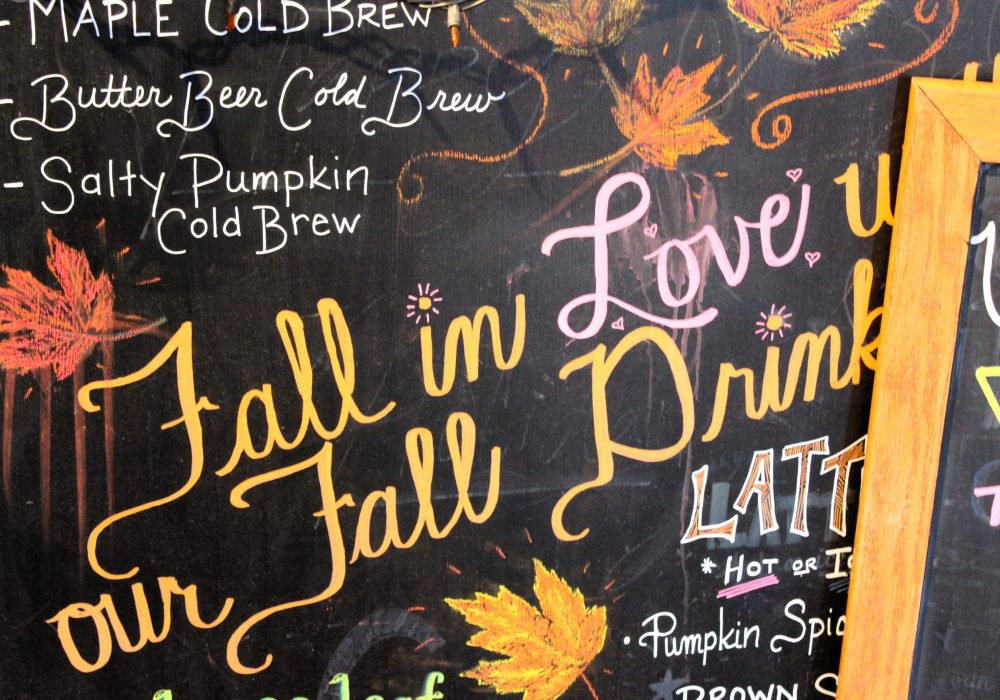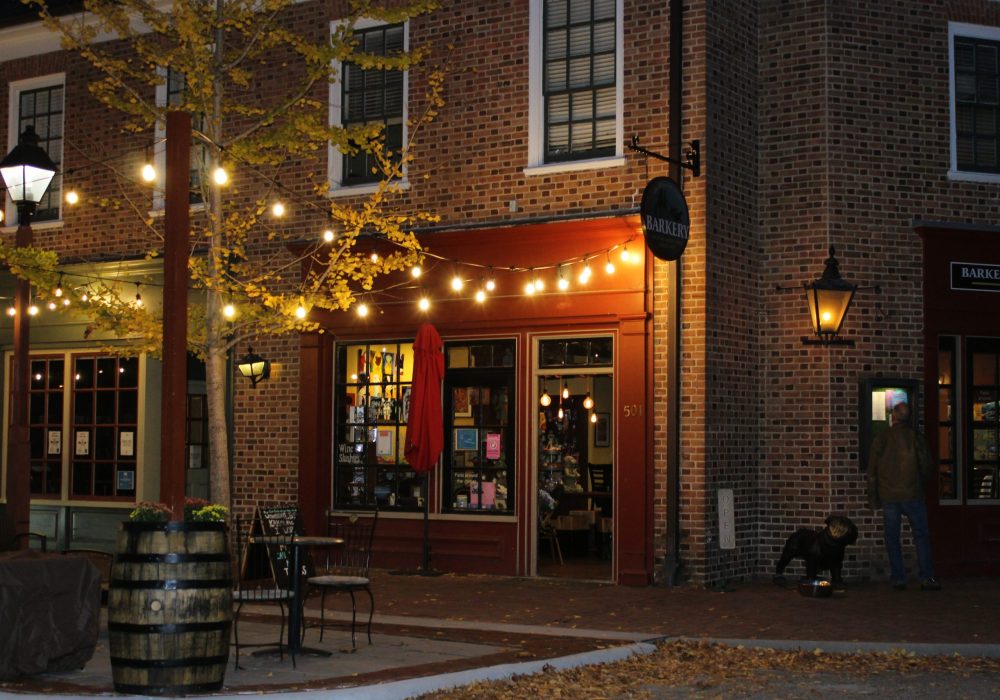Discovering Colonial Williamsburg: A Journey Back in Time
My family recently moved from Northern Virginia to Richmond. One day while I was visiting, we took a drive to the charming town of Williamsburg – and I must say, it turned out to be a cozy and impressive little destination.
Williamsburg is best known for its beautifully preserved historic district that portrays 18th-century American colonial life. The town functions as a living museum, complete with costumed actors, interactive activities, and original or reconstructed buildings. Once the capital of Virginia, Williamsburg played a key role in shaping the foundation of American society. It was also home to famous leaders such as Thomas Jefferson, Patrick Henry, and George Washington.
Colonial Williamsburg was established in the early 20th century, inspired by Reverend Dr. W.A.R. Goodwin and made possible through the philanthropy of John D. Rockefeller Jr.
The idea behind Williamsburg is to transport visitors to the past, making them feel as though they have stepped back into the 18th century.
How to Visit Colonial Williamsburg
When you arrive at Williamsburg, you typically park at the Colonial Williamsburg Visitor Center. From there, you can take a shuttle bus into the historic area, or, if you prefer, walk — it’s approximately a 10–15 minute walk to the main streets.
The historic area itself is free to walk through, but if you want to enter historic buildings, participate in guided tours, or access special exhibits, you will need to purchase a ticket.
Charming Historical Streets
As you enter Williamsburg’s living museum, you will become fully immersed in colonial life. Walking through the charming streets, you’ll see actors dressed in authentic 18th-century clothing, portraying common citizens, political figures, enslaved individuals, and other residents from that era.
The streets are alive with conversation, music, and daily activities, allowing visitors to experience history in a vivid, unforgettable way.
Governor's Palace
At the northern end of Colonial Williamsburg, you’ll find the magnificent Governor’s Palace. Visiting the Palace offers a glimpse into the life of a royal governor during the colonial period.
Inside, you’ll see walls lined with swords and firearms, symbolizing authority and the tensions of the revolutionary era. Outside, you can stroll through the formal gardens, which were carefully designed to impress visitors with displays of power, wealth, and refinement.
Merchant's Square
Right next to the historic open-air museum, you’ll find Merchant’s Square, a charming shopping and dining area where you can explore boutiques, restaurants, and cafés with a colonial flair.
Nearby, there’s also the beautiful campus of the College of William & Mary, the second-oldest university in America, whose 18th-century-inspired architecture and arts invite you even deeper into the historic atmosphere.


